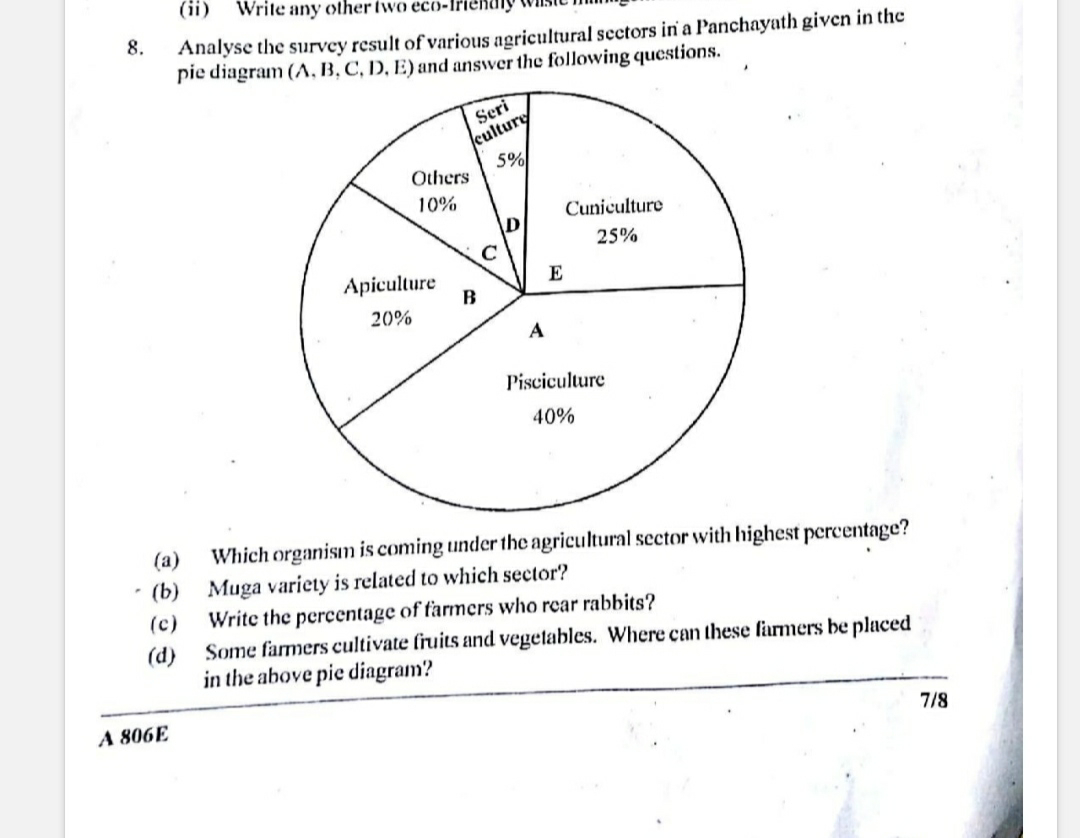Violence against Women : Causes and Consequences
"Violence against women and girls happens right in front of us every day – and we simply must do more to counteract it"
A 26-second video that surfaced on July 19 showed the two women stripped naked, groped by a violent mob and taken towards a paddy field on May 4, 2023 sparking nationwide outrage.
The truth is that violence against women and girls happens right in front of us every day – and we simply must do more to counteract it.
Feeling safe should be a fundamental human right, but for many women this right is taken away from them, simply because they are women. 1 in 3 women are estimated to be affected in their lifetime, yet it’s estimated that only 18% will report incidents to the police.
What forms does this violence take?
There are various ways in which violence manifests: sexualised, physical, psychological, social, and financial violence. Sexualised violence is one form of gender-based violence and is an expression of discrimination. Women are not only discriminated against on the basis of their gender. They are also often subjected to additional forms of discrimination, such as racism, homophobia or ableism, which influence and reinforce each other.
Domestic violence
'Domestic' or 'Family Violence', also known as ‘intimate partner violence’, refers to any violence committed by people within close social relationships. This is an internationally recognised violation of human rights. The purpose of this violence is to exercise control and power. Although the term ‘domestic’ might be thought of as referring to a house or household, the violence is often committed within the wider family or by a former partner. It is not the place of the incident that defines this form of violence, but the person perpetrating the violence, so medica mondiale prefers to use terms such as ‘intimate partner violence’ or ‘violence in a close social environment’ instead of ‘domestic violence’.
Psychological violence
Psychological violence refers to actions which lead to emotional and mental injuries of those affected. Psychological violence manifests itself as intimidation through looks, gestures or shouting, in coercion and in threats - such as the threat of taking children away from a woman or threatening to use physical violence. Humiliation, derogatory and discriminatory comments, and public ridicule are also forms of psychological violence. Emotional violence is often accompanied by controlling or dominating behaviour, extreme jealousy, or the isolation of those affected. Psychological violence can also occur online in the form of ‘cyber violence’.
Causes of violence against women
The person affected by the rape is never the person responsible for that violence. Neither her behaviour, her appearance nor her clothing can justify the violence. Examples of causes at the structural level nclude the violence that is inherent in the discrimination carried out by private and public institutions or as part of political measures. The unequal treatment of women is based on outdated stereotypes and role ascriptions for men and women. The gender of a person is constructed socially. There is no exclusively ‘natural’ or ‘biological’ determination of gender. This means that masculinity is also a social construct. And given the framework ofpatriarchial role expectations it is often connected with aggression. In order to confront violence against women at all levels of society and to enact preventive measures, medica mondiale developed its multi-level approach
Gender-specific violence against women does not take place simply at the level of the individual, but is anchored in the cultural and institutional structures of societies. The interplaybetween discriminating behaviours at all three levels is then referred to as ‘structural’ violence. Structural violence can be seen, for example, in discriminatory rules, laws, traditions and customs, as well as misogynistic language. The influences of these structures have a subconscious and conscious influence on people in the way they think and in the way they behave. In turn, the people who are socialised within these structures go on to preserve them, leading to a cycle which ensures that sexism continues to exist and be manifested, in turn maintaining the violence against women that results from this sexism.
- R –elationship skills strengthened.
- E –mpowerment of women.
- S –ervices ensured.
- P –overty reduced.
- E –nvironments made safe.
- C –hild and adolescent abuse prevented.
- T –ransformed attitudes, beliefs, and norms.




















































